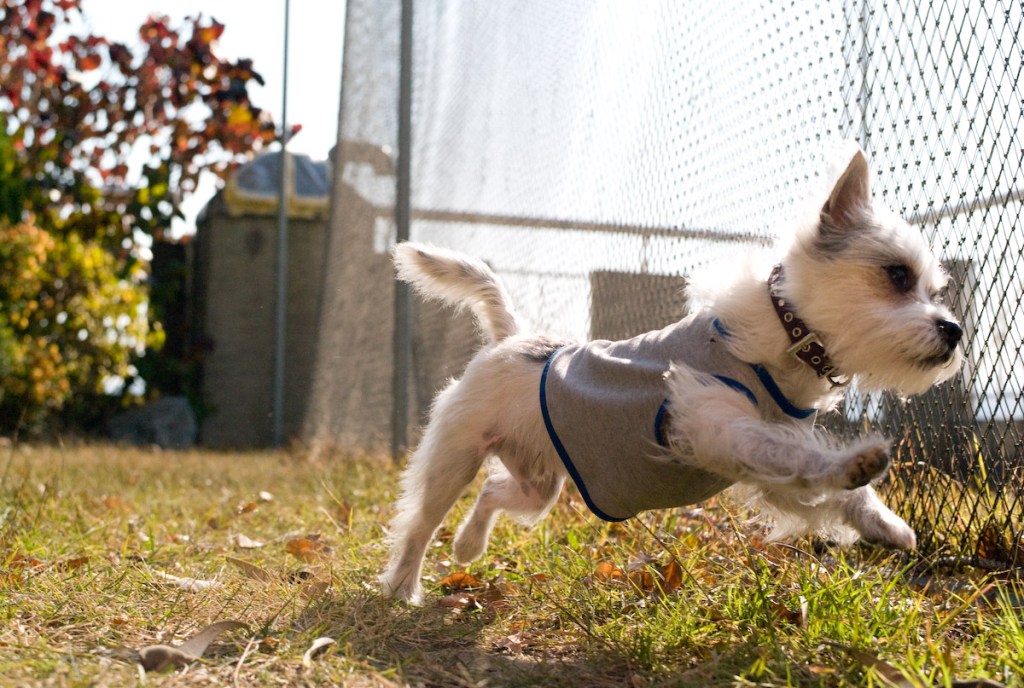Moving to South Korea: Bringing or Buying a Pet

It may sound callous, but it’s worth thinking carefully before deciding to bring a pet to South Korea. The procedures can be troublesome and stressful for pet and owner alike, and when your pet arrives, it is likely to find less space to run around in than it had back home. Many apartment complexes and landlords simply won’t accept pets at all. The whole idea of animals as companions rather than pests or sources of food is relatively new in South Korea, and therefore facilities for pets and veterinary standards are relatively undeveloped. Nonetheless, there are plenty of people who do bring their furry companions over and do just fine.
Bringing a Pet to South Korea
Anyone bringing a pet into South Korea has to obtain clearance from the Animal, Plant and Fisheries Quarantine & Inspection Agency, which has inspection stations at major ports of entry. Since December 2012 any animal imported to South Korea has to be implanted with an ISO-compliant microchip, which allows authorities to verify its identity and vaccination records. Animals should be accompanied by the (positive) results of a rabies-neutralizing antibody test administered by a competent authority in the country of origin from 30 days to 24 months prior to travel, unless they’re from a handful of countries, including Australia, New Zealand, and the United Kingdom, that are designated “rabies-free regions,” in which case no test results are required. Provided no health problems are apparent, animals older than 90 days meeting the requirements are typically released immediately, and animals younger than that subject to one day of quarantine. Animals arriving without the proper chips and papers will have to be treated and quarantined, or shipped back, at the owner’s expense.
Pets in South Korea
Pets such as dogs, rabbits, birds, and hamsters are readily available at pet stores or at some markets, although there tends to be less variety in terms of breeds than in places like Canada and the United States. Cats are less common since many South Koreans still view them as slightly malevolent. The variety and availability of pet food, supplies, and veterinary care is increasing, but it is still limited compared to most Western countries.
If you’re planning on bringing or buying a pet, be sure to make that clear during the house-hunting process; many buildings and landlords do not allow pets due to concerns about noise or hygiene. Dogs are welcome at most parks and walking trails, and since indoor space is likely to be limited, their owners should try to find an apartment close to some green space.
Excerpted from the Second Edition of Moon Living Abroad in South Korea.
Newsletter Signup
By clicking ‘Sign Up,’ I acknowledge that I have read and agree to Hachette Book Group’s Privacy Policy and Terms of Use
Pin it for Later


